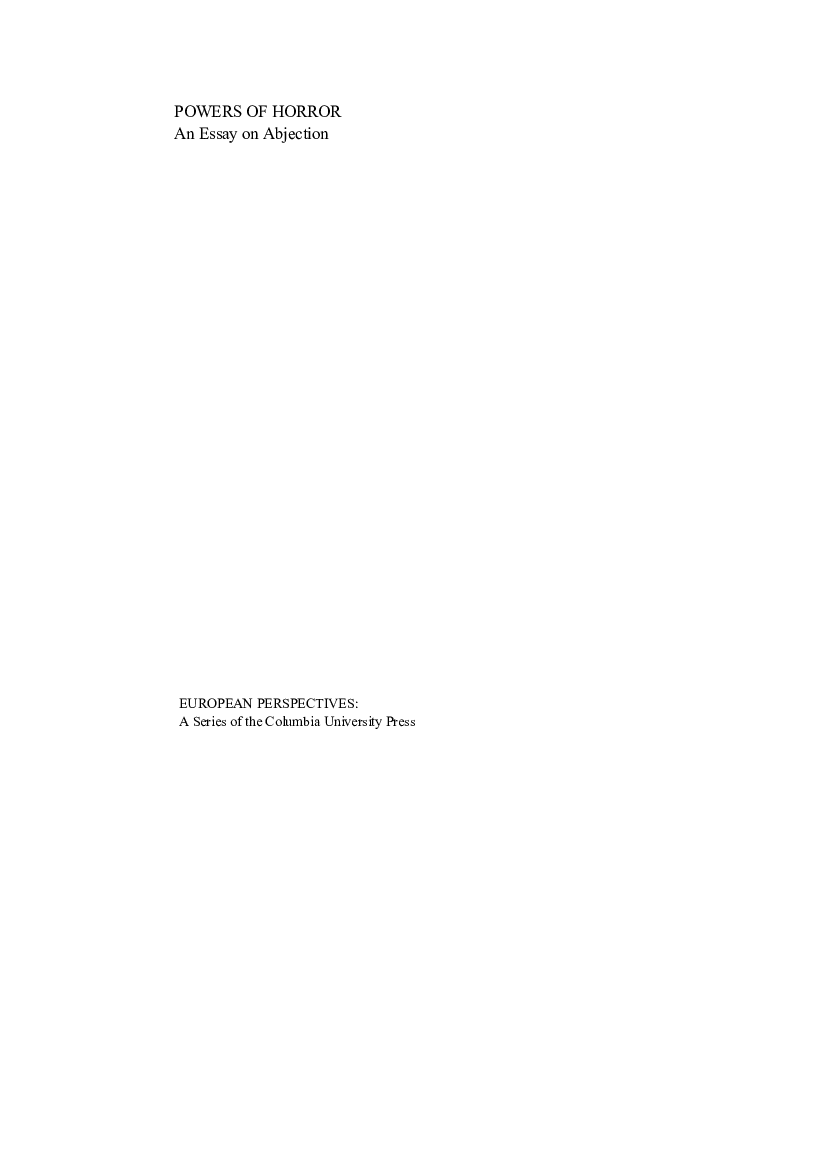

They raced and competed in every muscle and fiber.Yesterday I recalled the contemporary meaning of The Second Sex which, 60 years after its publication in 1949, has dramatically changed the condition of women (although few women or men have made a point of noting the date).


They squealed and careened through long curving veinous highways. He heard his blood roar in his ears, and he heard cars in the roar. Each fragment of his body becomes a fragment of the American map: The cars circulate in and through him until his body becomes a map of the United States. In this respect, Car, a novel published in 1972, is quite enlightening since the body of the protagonist Herman Mack is at the same time a site of abjection (Herman expresses his love for cars in eating one bit by bit and in defecating it), confinement (the hero’s will to go beyond the body is doomed to failure) and fragmentation since, in moments of hallucination, he reaches a state of perfect osmosis between himself and the machine. In Crews’s fiction, the body is not only a place of entrapment but also a map and a cell. In Crews’s novels, the bodies can be paralleled with the castles of the first Gothic novels with their entrances, exits, rooms, and corridors. In his writings, the themes of sequestration, abjection and fragmentation are linked and are not projected outward and into the outer world as in the early Gothic but projected inward onto the body. In this paper, I am going to deal with abjection and the fragmented body in the work of Harry Crews, a contemporary Southern writer from Georgia. ‘Hope was an instinct only the reasoning human mind could kill.


 0 kommentar(er)
0 kommentar(er)
